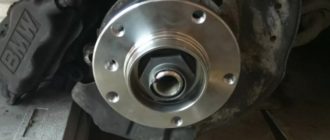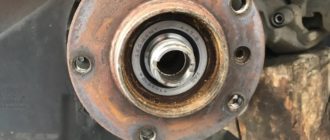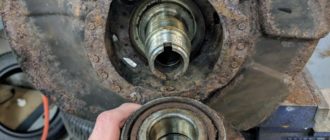Brake pads for BMW are an essential part of the braking system that directly influences the process. Thanks to the ability of brake pads to interact with discs, the driver can use standard or emergency braking on BMW cars.
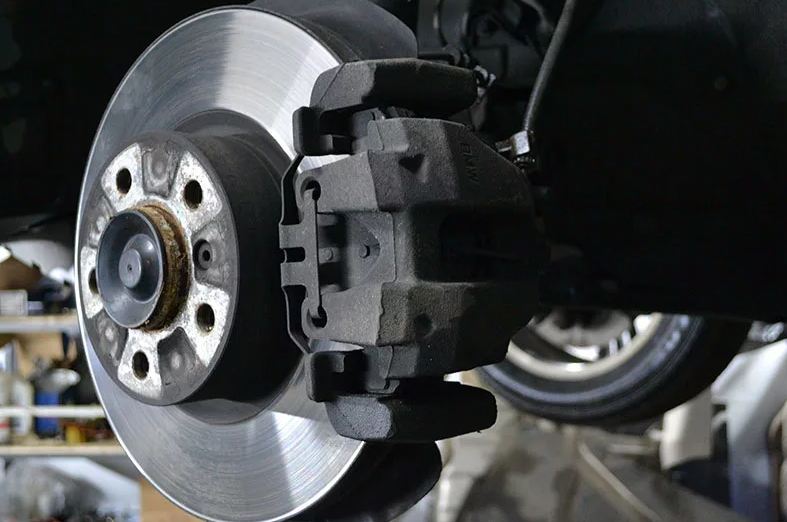
In terms of design, the brake pads on this car consist of a special material that includes special alloy compounds with increased resistance to the friction force that occurs as a result of contact between the brake pads and the brake discs.
The braking system used in these cars is one of the most advanced in Europe, as evidenced by the numerous tests conducted, along with feedback from car owners from different countries around the world.
However, physical wear and tear, along with frictional forces, do not spare even such high-quality pads. Gradually, they wear out and fail to perform their duties, endangering the lives and health of the driver, passengers, and other road users. The only solution is to replace them.
Period for Replacing BMW Brake Pads
It is strictly individual for each car. According to information from the manufacturer, this procedure should be carried out every 40 thousand kilometers or depending on the degree of wear. The onboard computer will inform the driver of the need to perform this action.
Furthermore, the driver may feel changes in the car's performance, such as increased brake fluid consumption, low braking efficiency, increased pedal travel, and possible brake pad failure.
An aggressive driving style, where speed is quickly gained and reduced, significantly accelerates the wear of the pads. Sudden temperature changes, especially in high humidity, also have a negative impact. During operation, the temperature of the pads rises, and moisture leads to their rapid cooling.
Step-by-Step Replacement of BMW Brake Pads
On cars from the Bavarian manufacturer, this procedure is divided into replacing front and rear pads, which differ little.
Replacing Brake Pads on BMW E53
Replacing the brake pads on a BMW E53 is done as follows. The need for replacement is indicated by a message on the dashboard indicating minimum thickness.
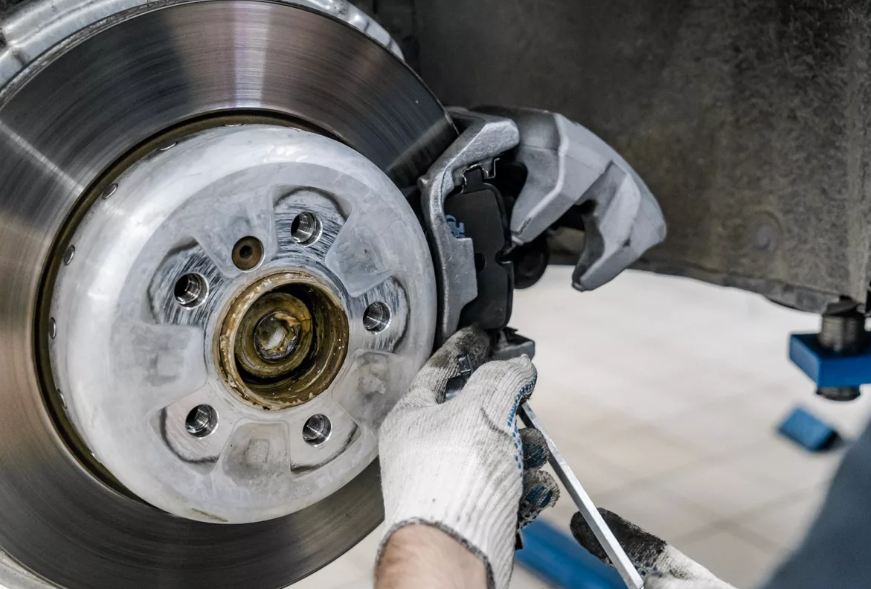
To remove the pads, the following steps should be taken:
- Prepare tools «34.1.050» and «34.1.080». Tighten the parking brake and slightly loosen the wheel bolts, depending on which wheels the pads are being replaced on. Additionally, mark the relative positions of the wheels, hubs, and discs with paint or a marker;
- Using a syringe, extract some brake fluid from the reservoir. Raise the required part of the car, place it on stands, and remove the wheels;
- If the pads will be used again, mark their position relative to the calipers;
- Loosen the upper and lower caliper pins using a 7mm wrench. Remove the caliper without disconnecting the brake hose;
- Push the piston as far as possible into the cylinder;
Remove and replace the pads, ensuring they are oriented in the direction of movement and precisely installed in the caliper. When replacing, also consider the position of the retaining spring.
Replacing Pads on BMW F10
Attempting to replace pads on a BMW F10 yourself will require some effort, as a new feature has been introduced in this car that completely changes the procedure for performing routine maintenance.
During this procedure, a scanner will be required. Previously, it was possible to do without this, but now an electric motor responsible for the parking brake is located in the rear caliper, and the EMF system has also been updated.
First and foremost, connection to the diagnostic socket must be established. A special table will be displayed on the screen, where you should select «Continue», then «Chassis», and Parcing Brake EMF. All diagnostic modes will be located under number 4.
There will be many inscriptions, but only one is necessary — EMF Workshop Mode. After selecting it, a list of service functions will be provided. In the list, choose the last line «Renewal of the brake caliper or brake pads», which should be selected.
Next, select the button with the symbol >. Then proceed to screens 6 and 7, where you simply deactivate the brake. A «P» symbol will appear on the switch — the handbrake must be released. Only after this, new pads can be installed. Turn off the ignition and remove the pads after moving to screens 9 and 10.
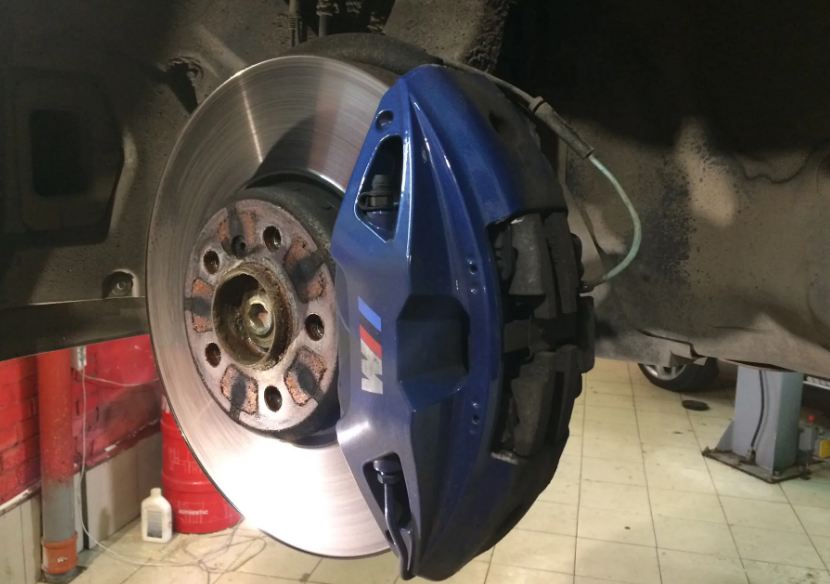
After this, remove the caliper and pads, which is quite simple. The scanner will no longer be needed after this procedure. To install the new pads, try to push the piston into the caliper by removing the lock from the electric drive and turning the piston inside. Then load the pads and put the caliper back in place.
All actions with the right caliper are performed in a similar manner. Now the pads need to be aligned, which is done automatically. To align the pads, simply press the up button.
Finally, return to the screen and select the CBS button to check the brake fluid levels and engine oil condition.
The car's braking system requires timely maintenance as it ensures safety on the road. One of the procedures included in standard maintenance is replacing worn brake pads and discs.
BMW cars are equipped with a special electronics system that warns the driver in advance that the car needs consumables replaced. The average lifespan of brake pads in a car manufactured by the German company is 25 thousand kilometers, sometimes more.
Brake discs last for two pad replacements. With an aggressive driving style, pads may fail after just 10 thousand kilometers. Since most of the braking load is on the front wheels during braking, accelerated replacement of the corresponding pads is standard.
It is important to monitor their condition, as a pad worn down to the adhesive layer can cause the brake disc to fail.
Procedure for Replacing Brake Pads
The entire process of replacing brake pads on BMW can be divided into several stages:
- Remove wheels from mounts;
- Remove dirt and dust;
- Remove worn brake pads and install new ones;
- Install calipers and mounts;
- Bleed the braking system;
- Perform a control test.
Once all the work is completed, be sure to reset the service interval indicator.
The procedure for replacing brake pads on BMW cars is not particularly complex but has its own nuances for each model. These should be considered to facilitate the procedure and prevent malfunctions, so all necessary actions can be performed independently.


